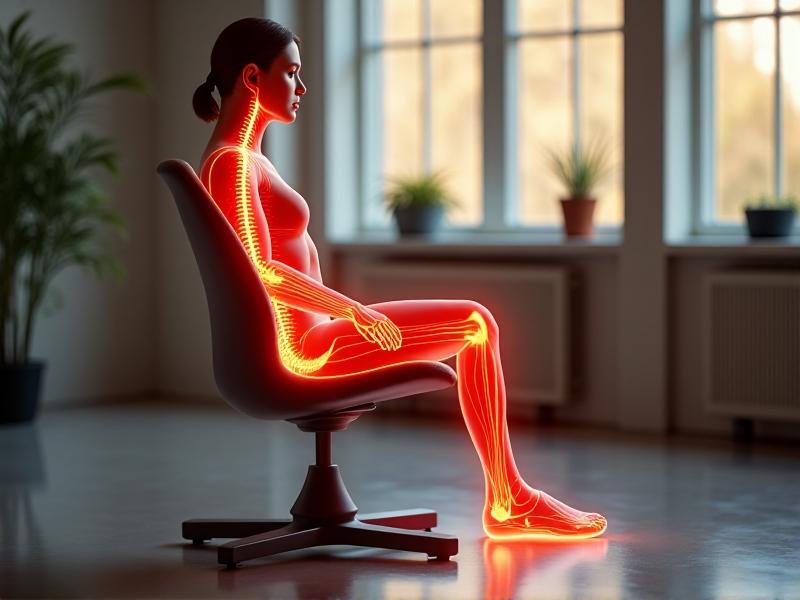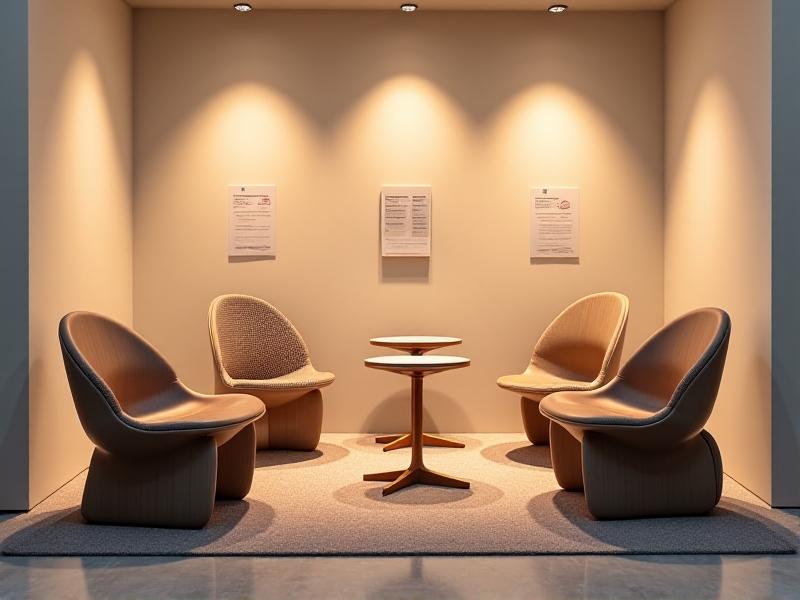```html
The Hidden Costs of Static Sitting: Why Movement Matters
Modern work culture often chains us to desks for hours, leading to a cascade of health issues. Prolonged static sitting compresses spinal discs, weakens core muscles, and slows blood circulation. Over time, this can result in chronic back pain, stiff joints, and even cardiovascular strain. Studies show that even regular exercise struggles to counteract the damage caused by uninterrupted sitting. The human body craves motion—subtle shifts in posture activate muscle groups, distribute weight evenly, and keep joints lubricated. By staying rigid in a chair, we deprive our physiology of its natural need for micro-movements, setting the stage for long-term discomfort and reduced productivity.

What Is Dynamic Sitting? Redefining Posture at Work
Dynamic sitting rejects the idea of a single "correct" posture. Instead, it encourages continuous, subtle movements—leaning forward to type, shifting weight side-to-side, or tilting the pelvis. These motions engage core stabilizers and prevent muscle fatigue. Chairs designed for dynamic sitting, such as kneeling stools or balance discs, promote active alignment without rigid support. The goal isn’t constant fidgeting but fostering a responsive relationship between body and workspace. By integrating micro-adjustments into seated work, we mimic the natural mobility of standing while maintaining focus on tasks.

Biomechanical Benefits: How Active Sitting Protects Your Body
Active chair movements stimulate proprioception—the body’s awareness of its position—which strengthens neuromuscular connections. Rocking gently in a chair reduces pressure on the lower back by 20-35% compared to static sitting. Alternating between perching and reclining engages different muscle groups, preventing overuse injuries. Improved circulation from subtle leg movements also reduces swelling in extremities. Over time, these practices enhance lumbar flexibility and shoulder mobility, counteracting the forward-head posture common in desk workers.

Tools for Motion: Chairs and Accessories That Encourage Movement
Innovative seating solutions transform passive sitting into active engagement. Saddle chairs with a forward-tilt seat angle promote an open hip posture. Wobble stools with rounded bases require constant minor balance adjustments, activating glutes and hamstrings. For budget-conscious users, inflatable cushions or textured seat pads provide tactile feedback that prompts positional changes. Standing desk converters with anti-fatigue mats offer hybrid options, allowing seamless transitions between sitting and standing without breaking workflow.

Building Habits: Integrating Movement Without Distraction
Start with timed reminders every 25 minutes to perform seated leg lifts or shoulder rolls. Pair movement triggers with routine tasks—e.g., shifting weight whenever answering emails. Use footrests or under-desk cycles to keep lower limbs active. The key is consistency, not intensity; even 10 seconds of movement every half hour yields cumulative benefits. Gradually layer habits like calf stretches during calls or seated spinal twists between meetings.
Beyond the Chair: Holistic Strategies for an Active Workday
Complement dynamic sitting with wall push-ups during bathroom breaks or walking meetings. Organize workspaces to encourage reaching and standing—place printers across the room, use a vertical monitor. Pair breathing exercises with posture checks: inhale while lengthening the spine, exhale while relaxing shoulders. These layered strategies transform the work environment into a biomechanical playground that sustains both focus and physical health.




